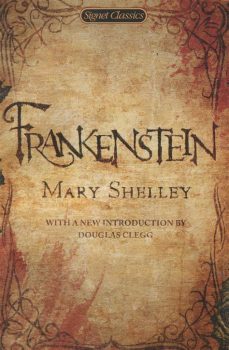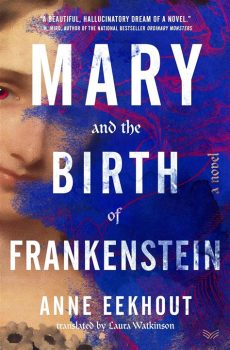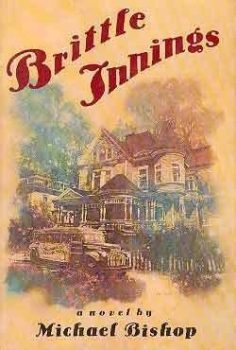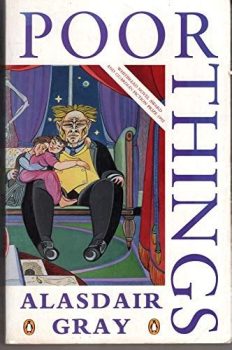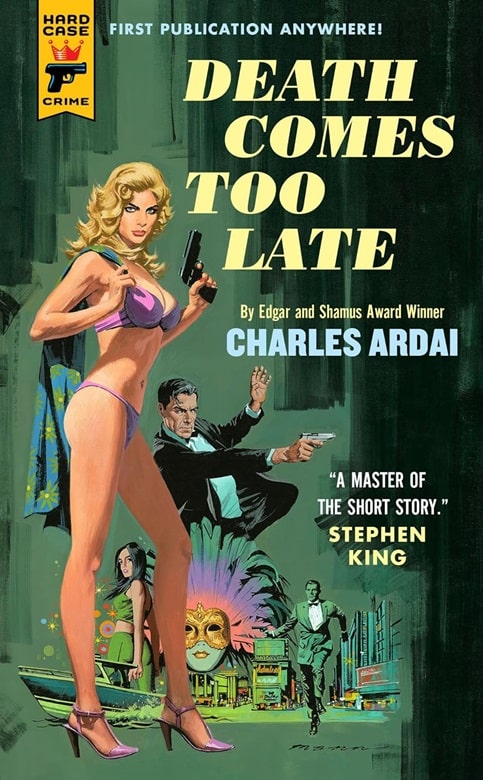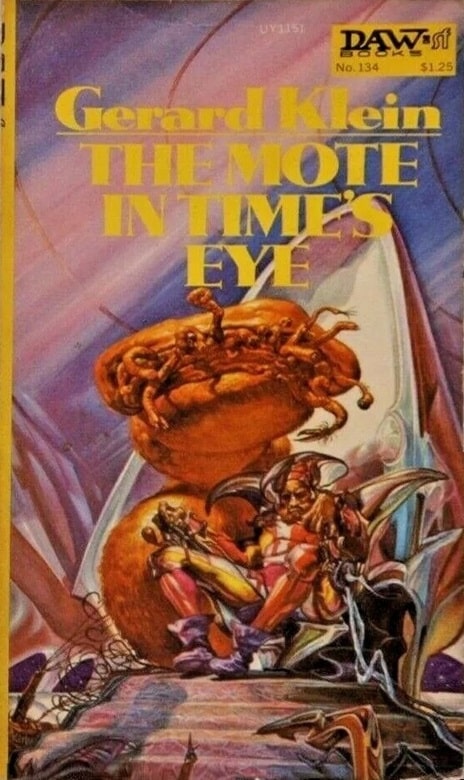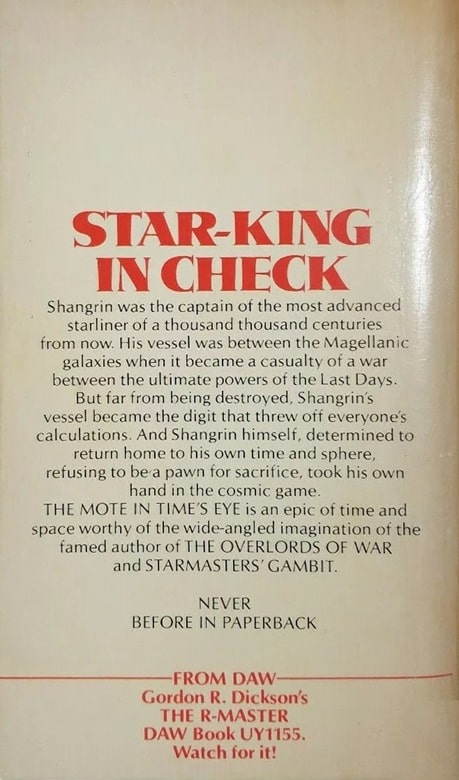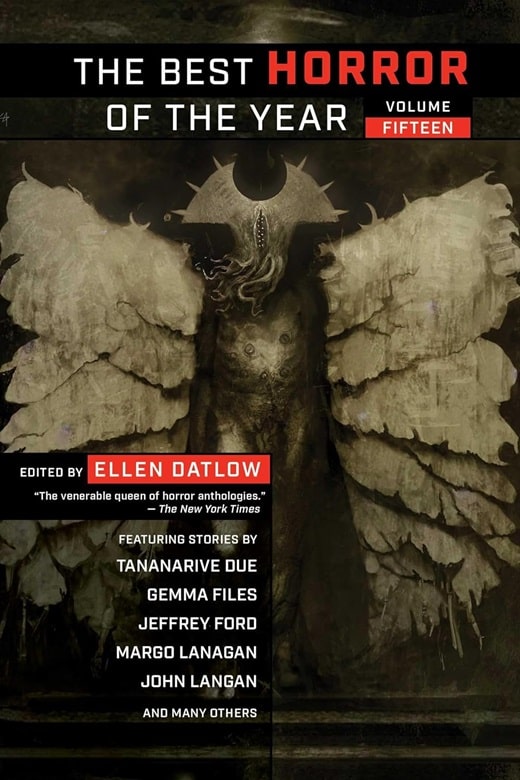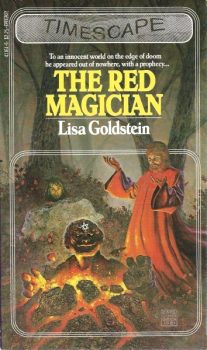Medical Alternative History: The Wages of Sin by Harry Turtledove
 |
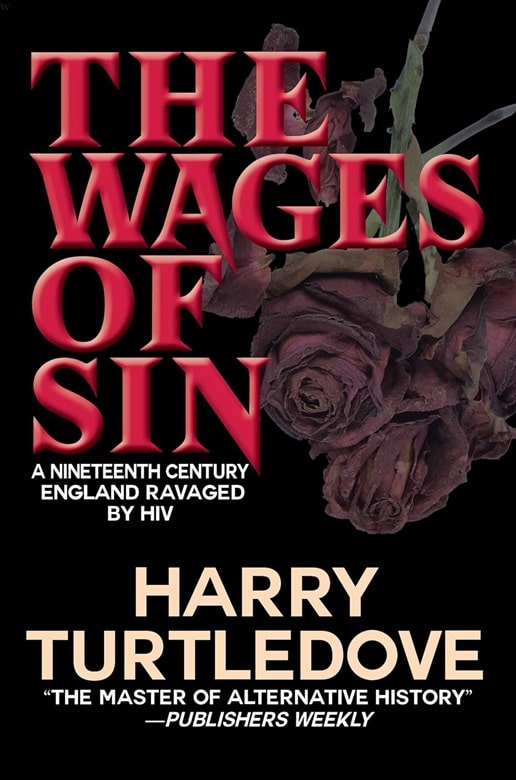 |
The Wages of Sin (Caezik SF & Fantasy, December 12, 2023). Harry Turtledove photo by Joan Allen
Harry Turtledove has been writing alternative history for a long time: His early stories included those that became A Different Flesh, set in a world where the Americas were inhabited by Homo habilis rather than Homo sapiens, and The Guns of the South, portraying a Confederate victory in the American Civil War, confirmed his standing in this particular subgenre. A large share of his work has explored the two big premises for the genre: reversed outcomes in the Civil War and in World War II — sometimes as straight AH, and sometimes as science fiction (as with the alien invasion during World War II of Worldwar) or even fantasy (as in the created world consumed by a parallel to World War II of The Darkness). Such premises seem to have a huge appeal for fans, going back to Winston Churchill’s “If Lee Had Not Won the Battle of Gettysburg” in J. C. Squire’s anthology If It Had Happened Otherwise, published 1931.
Turtledove’s newest novel, The Wages of Sin, is a refreshing change of pace, taking place before the time of either war, and with a point of departure that’s not military at all, though equally grim in a different way. Following a long established tradition of AH, he starts out by showing the point of departure, which provides the premise for his world: the transmission of HIV from Africa to Europe in the year 1509, in a world where there is no chance of an effective treatment for it. His second chapter begins in 1851, in an England that has come to such terms as it can with “the Wasting,” and has been changed by doing so.

